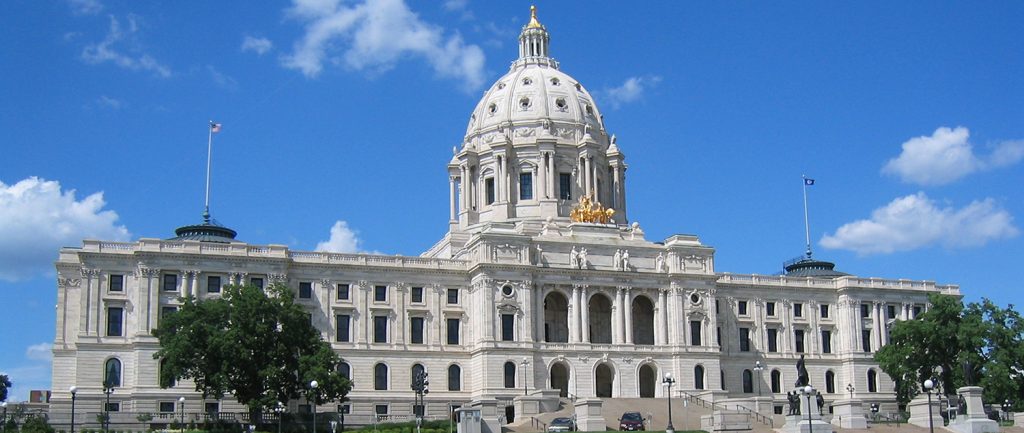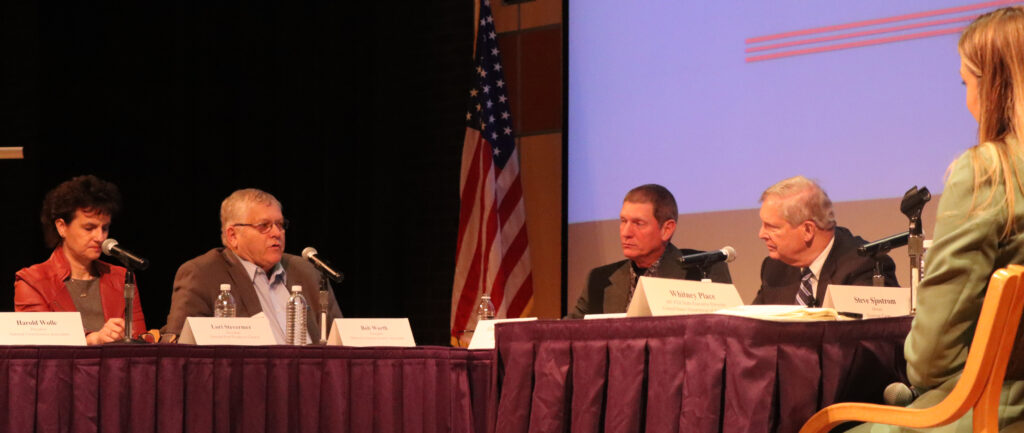Although the American Soybean Association has been advocating for soybean growers at the national level since the early 1920s, state soybean organizations weren’t in existence until the 1960s.
A team of intrepid Minnesota soybean growers set out to change the role of state soybean organizations.
In September 1962, about 25 farmers gathered at the Municipal Building in Sleepy Eye in southern Minnesota for the first official meeting of the Minnesota Soybean Growers Association.
John W. Evans, a Montevideo farmer, was elected temporary secretary and tasked with drafting the fledging association’s articles of incorporation.
“We needed representation. We just figured, as far as the government was going to play a part in agriculture anyway, that we better have representation,” said Bert Enestvedt, a Sacred Heart, Minn., farmer and attendee of that first meeting who would serve as a state and county director for a quarter century.
By 1965, just five state soybean organizations were in existence, and MSGA was the only one affiliated with ASA.
Evans was MSGA’s first president; at the organization’s 25th anniversary celebration in 1987, he was dubbed the “founding father” of MSGA.
During MSGA’s 1965 annual meeting, Evans set lofty aspirations; he believed the seed of the soybean could make miracles. He would be proven right, but perhaps even Evans couldn’t have predicted soy-based biodiesel fuel would grow into a multi-billion dollar industry.
“There never was a time in the (history of the world) when so many people are raising their eyes and hoping for a better life,” he said in 1965.
Evans was a seed producer for more than four decades, operating 500 acres of farmland that specialized in soybean and hybrid corn. He had a storied career in agriculture leadership – before his tenure at MSGA, he served as president of the Minnesota Crop Improvement Association from 1926 to 1934. He was also the first Minnesotan to become ASA president (1941 to 1951).
In early 1963, Evans and his fellow board of directors met a local cafe. A motion was made that would change the course of the soybean industry. Robert Friedericks proposed MSGA pursue a ½ cent per-bushel checkoff system. Director Charles Simpson seconded the motion and it was passed, the first step in a long journey to create one of MSGA’s most enduring legacies, in what would later be called “the biggest half-cent in the world.”
The resolution languished for several years before it became official. By April 1969, momentum behind the checkoff was growing, but John W. Evans wouldn’t live to see it come to fruition. However, his son, John S. Evans, would take up his father’s cause. The checkoff vote was cast in 1969, but failed to reach the required two-thirds majority.
The challenge to get a checkoff passed extended into the 1970s – and ultimately, checkoff dollars were federally prevented from being used for MSGA’s legislative purposes– but the fundamental groundwork was laid by the ceaseless effortless of MSGA’s founding fathers.
1962 By the Numbers:
- 1 farmer feeds 46 people
- Average soybean yield: 19.5 bushels/acre
- Minnesota soybeans: $2.34/bushel
- Minnesota corn: $1.05/bushel
- 2.23 million acres of soybeans
- Minnesota ag land value: $156/acre
- Average tractor price: $10,000 to $20,000




